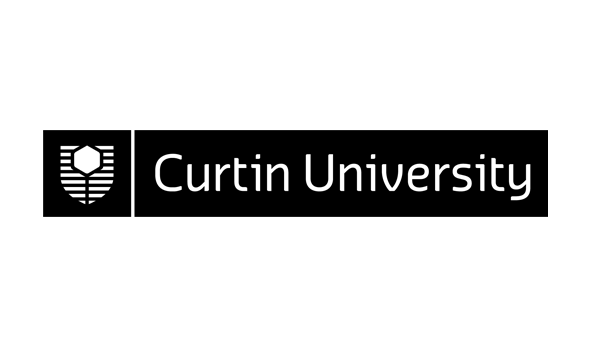307709 (v.2) Imaging Principles 633
| Area: | Department of Applied Physics |
|---|---|
| Credits: | 25.0 |
| Contact Hours: | 4.0 |
| ** The tuition pattern below provides details of the types of classes and their duration. This is to be used as a guide only. For more precise information please check your unit outline. ** | |
| Lecture: | 1 x 3 Hours Weekly |
| Laboratory: | 1 x 1 Hours Weekly |
| Prerequisite(s): |
307704 (v.1)
Medical Imaging Instrumentation 614
or any previous version
AND 307708 (v.2) Medical Physics 632 or any previous version |
| Syllabus: | The Human Observer: characteristics, limitations, and basic psychophysics of vision part of the imaging chain. Review of imaging systems: digitisation. Digital imaging systems: computer manipulation of digital images. Basic image processing techniques, contrast stretch, edge enhancement, noise reduction, smoothing, various spatial domain transforms, and introduction to Fourier transforms. Computer analysis of images: simple feature detection and histographic. Statistical analysis parametric imaging. Digital image quality. Computer storage of digital images: hardware, software, file formats, and compression techniques. Picture archiving and communication systems: Transfer of data, basic systems, interface protocols, output devices, techniques. Hospital and radiological information systems: basic systems. Developments in diagnostic medical digital imaging systems: Digital department, integrated digital communication systems, expert systems, artificial intelligence. |
| ** To ensure that the most up-to-date information about unit references, texts and outcomes appears, they will be provided in your unit outline prior to commencement. ** | |
| Field of Education: | 010301 Physics |
| SOLT (Online) Definitions*: | Informational *Extent to which this unit or thesis utilises online information |
| Result Type: | Grade/Mark |
Availability
| Year | Location | Period | Internal | Partially Online Internal | Area External | Central External | Fully Online |
|---|---|---|---|---|---|---|---|
| 2008 | Bentley Campus | Semester 1 | Y |
Area External refers to external course/units run by the School or Department or offered by research.
Central External refers to external and online course/units run through the Curtin Bentley-based Distance Education Area
Partially Online Internal refers to some (a portion of) learning provided by interacting with or downloading pre-packaged material from the Internet but with regular and ongoing participation with a face-to-face component retained. Excludes partially online internal course/units run through the Curtin Bentley-based Distance Education Area which remain Central External
Fully Online refers to the main (larger portion of) mode of learning provided via Internet interaction (including the downloading of pre-packaged material on the Internet). Excludes online course/units run through the Curtin Bentley-based Distance Education Area which remain Central External

